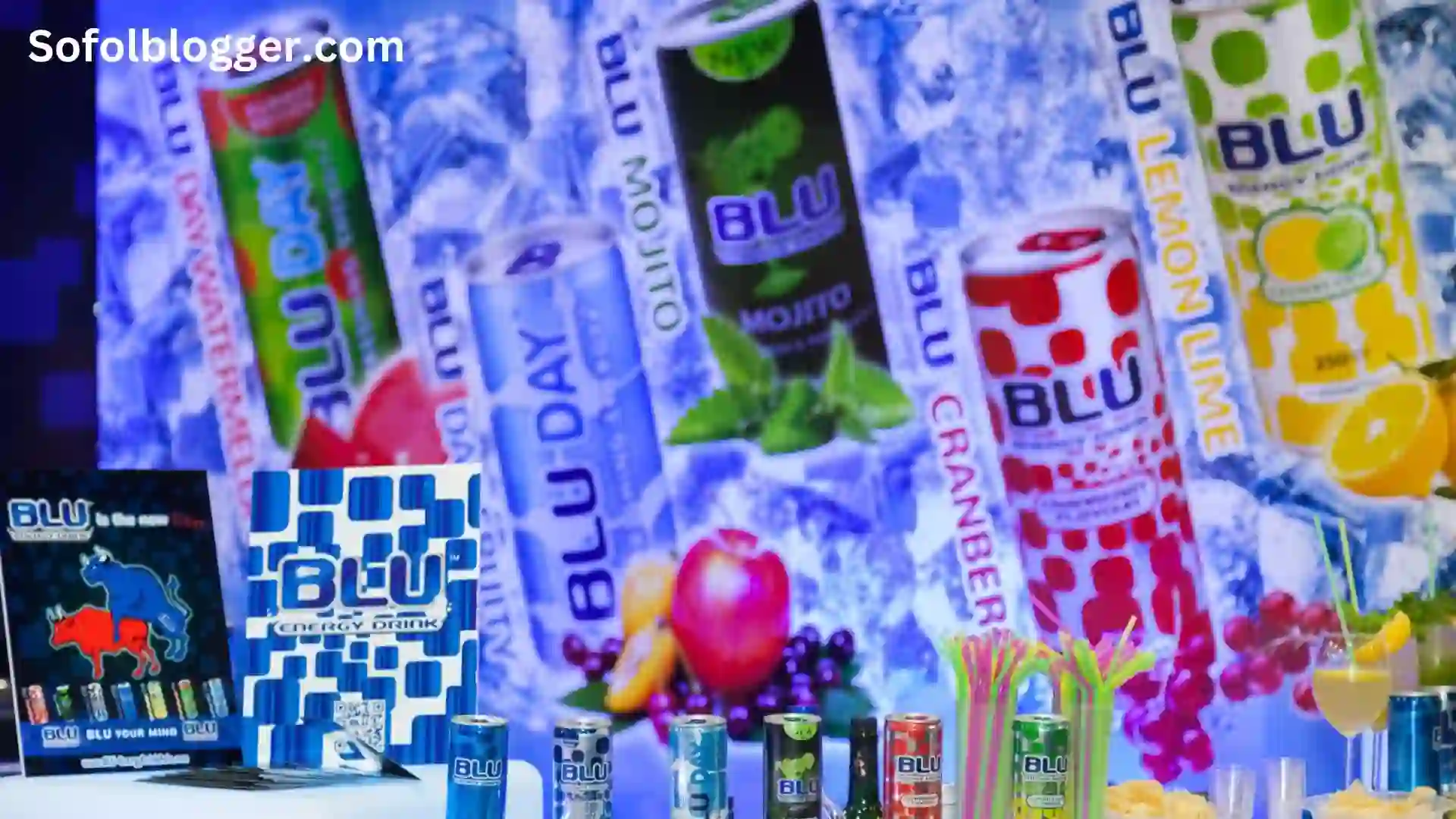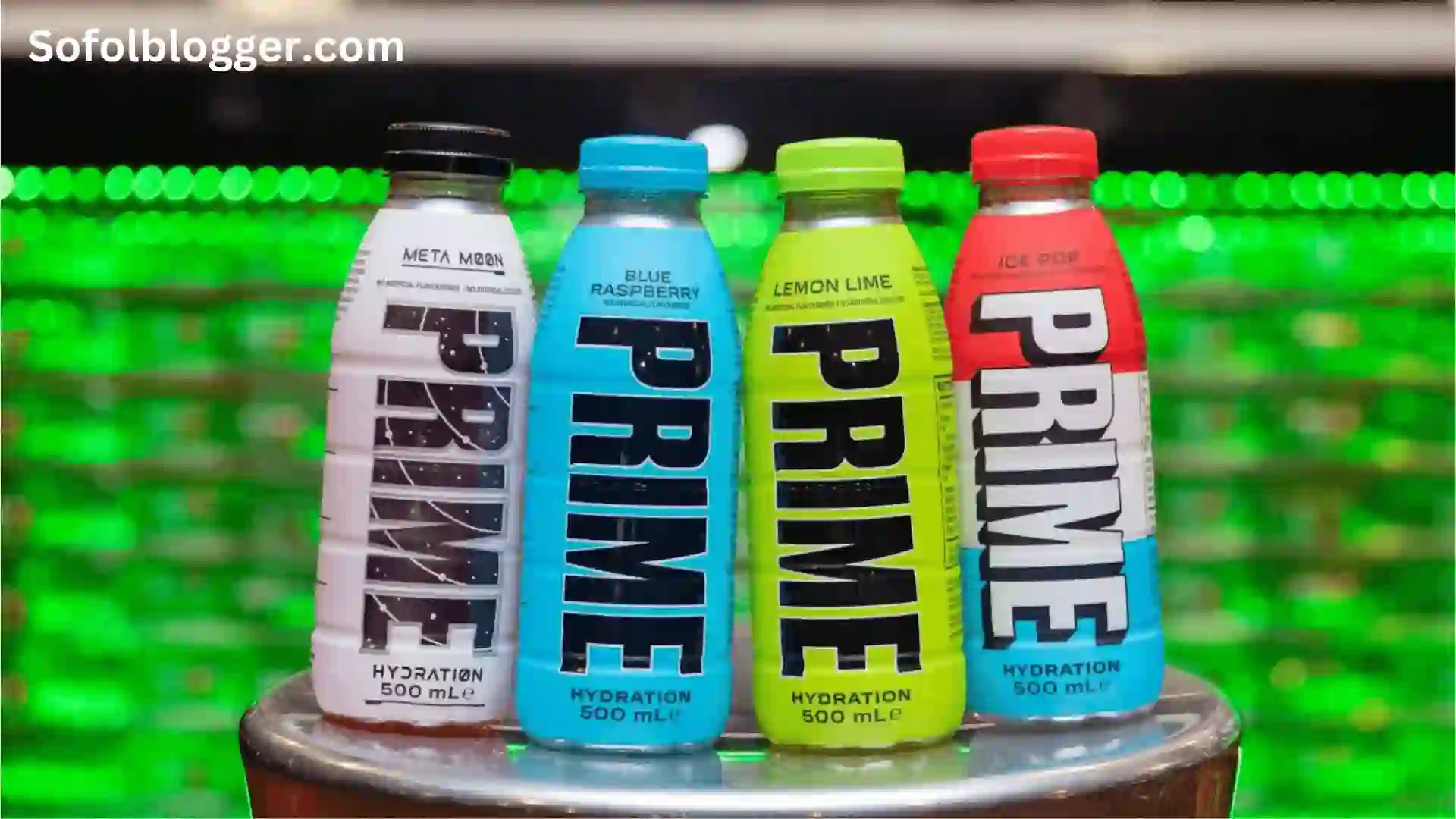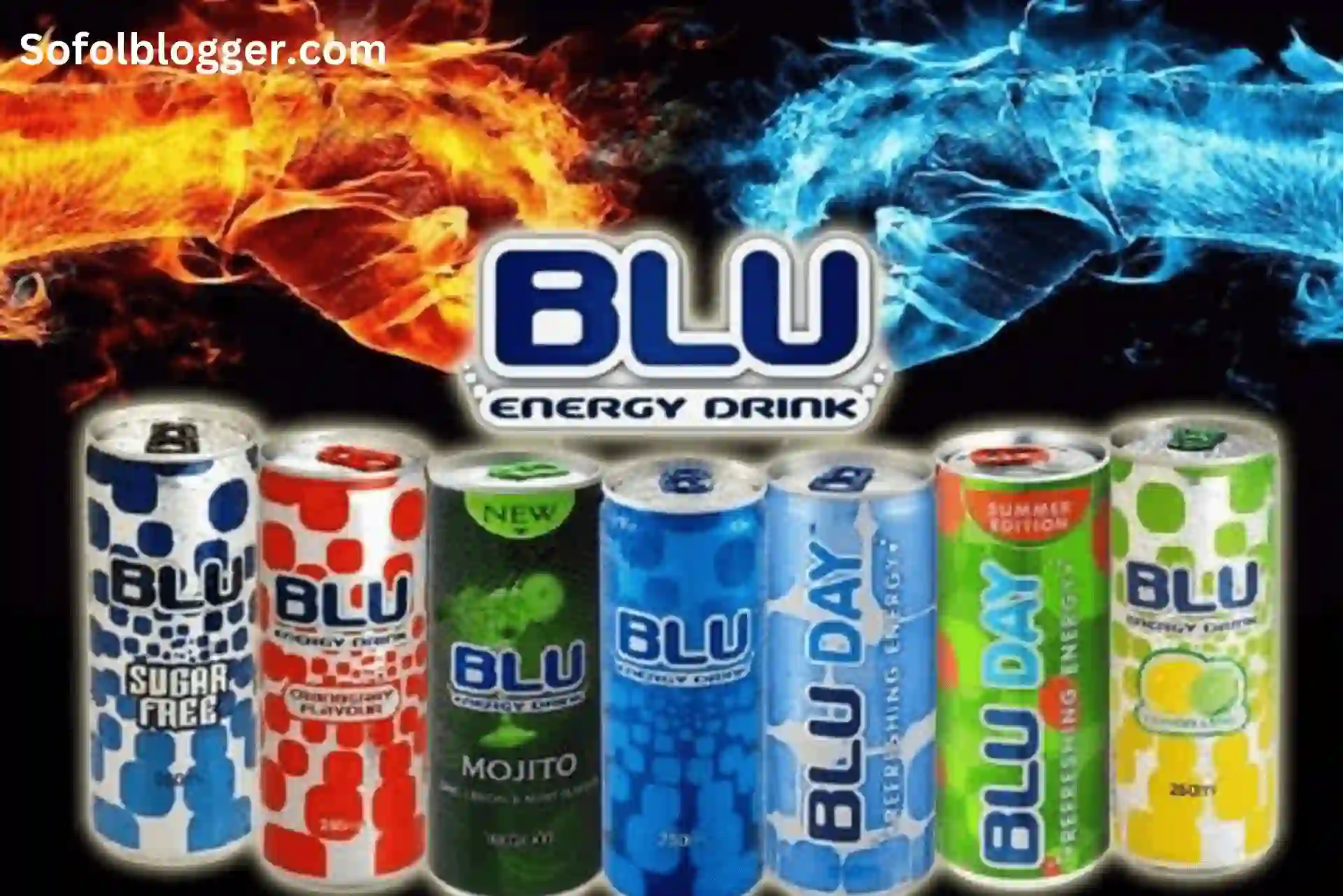In recent years, the energy drink market has seen a significant influx of new brands vying for consumer attention. Two brands that have emerged as noteworthy contenders are BLU and PRIME. Each offers a distinct approach to energy and hydration, appealing to different segments of the market. This article delves into the key differences between BLU and PRIME, examining their ingredients, marketing strategies, and overall consumer reception.
Ingredients and Formulation
BLU Energy Drink

BLU energy drinks are known for their vibrant flavors and potent caffeine content. Typically, a can of BLU contains around 160mg of caffeine, similar to a strong cup of coffee. This makes BLU a go-to for individuals seeking a quick and powerful energy boost. In addition to caffeine, BLU includes taurine, B vitamins, and various amino acids aimed at enhancing mental alertness and physical performance.
Read More
PRIME Hydration Drink

PRIME, co-founded by social media influencers Logan Paul and KSI, takes a different approach. While PRIME does offer energy drinks, it is primarily marketed as a hydration drink. PRIME Hydration includes a mix of electrolytes, BCAAs (branched-chain amino acids), antioxidants, and coconut water for enhanced hydration. The energy variant of PRIME includes about 200mg of caffeine, alongside ingredients such as taurine and B vitamins, similar to BLU but with an emphasis on natural ingredients and hydration.
Marketing Strategies
BLU’s Approach
BLU markets itself with a focus on high-energy lifestyles. Its branding often features extreme sports, nightlife scenes, and high-intensity activities. The messaging is clear: BLU is for those who need a quick and intense burst of energy to fuel their adrenaline-filled days and nights. The brand also leverages partnerships with athletes and musicians to enhance its energetic image.
PRIME’s Strategy
PRIME’s marketing strategy capitalizes heavily on the massive online followings of its founders. Logan Paul and KSI have millions of followers across various social media platforms, and they actively promote PRIME through engaging content, challenges, and personal endorsements. This strategy has proven effective, especially among younger consumers who follow these influencers. PRIME’s branding emphasizes a balance between energy and hydration, making it appealing to both fitness enthusiasts and gamers.
Consumer Reception
BLU’s Popularity
BLU has garnered a loyal following among individuals who prioritize strong, immediate energy boosts. Reviews often highlight the effectiveness of BLU in keeping users awake and alert during long hours of work or play. However, some consumers express concerns about the high caffeine content and potential for jitteriness or crashes.
PRIME’s Reception
PRIME has quickly gained popularity, particularly among the younger demographic. Consumers appreciate the dual focus on energy and hydration, with many praising the drink’s refreshing taste and the added benefit of electrolytes. The influence of Logan Paul and KSI cannot be understated; their endorsement has driven significant initial sales and ongoing interest. However, some critics argue that PRIME’s reliance on celebrity endorsement might overshadow the product’s intrinsic qualities.
Conclusion
In the competitive landscape of energy drinks, BLU and PRIME represent two distinct philosophies. BLU targets those seeking a powerful and immediate energy rush, using traditional ingredients like caffeine and taurine. PRIME, on the other hand, appeals to a broader audience by combining energy and hydration, supported by strong influencer marketing.
Ultimately, the choice between BLU and PRIME will depend on individual preferences and lifestyle needs. For those needing a quick, intense energy boost, BLU might be the better option. For consumers looking for a balanced drink that provides both energy and hydration, PRIME stands out as an innovative alternative. As both brands continue to evolve, it will be interesting to see how they adapt to the ever-changing demands of the energy drink market.
শেয়ার করুন:










